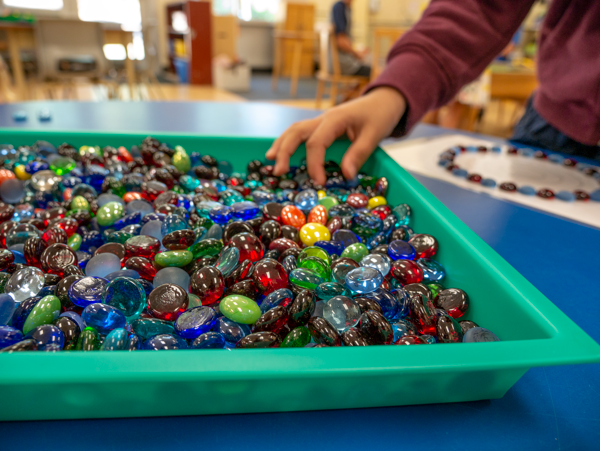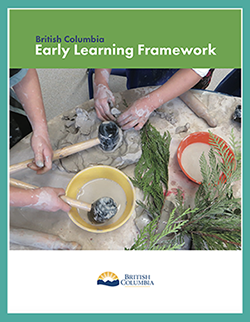
Module 6: Living Inquiries – Identities, Social Responsibility, and Diversity
Social Responsibility and Justice
Children and educators discuss social justice issues. These may include segregation, diversity, poverty, race, war, gender, discrimination, and inequity.
Critically Reflective Questions
- How might children become involved in community or global projects related to social justice?
- In what ways do children have opportunities to discuss real-life issues, such as segregation, diversity, poverty, race, war, gender, discrimination, and inequity?
- How are relationships fostered among children and adults of diverse abilities, heritages, histories, and cultural backgrounds?
- How can children become aware of diverse worldviews and perspectives?
- How can children begin to recognize and respond to discrimination and inequity?
- Dialogues can bring tensions and disagreement. How do I create a culture where disagreement is a positive force?
Case Study: Social responsibility and justice
One educator uses inquiry-based learning to develop a “Classroom Kindness Inquiry.” The inquiry model starts with the question, “How can we be kind?” Lots of discussions are generated from this. The children then come up with more questions such as “How can I be kind to myself? How can I be kind to others? How can I be kind to my environment?” The children discuss creative ways to make a positive impact on others and the environment.
Reflective Questions
How might you promote social responsibility and justice in your practice?
How might children become involved in community or global projects related to social responsibility?

